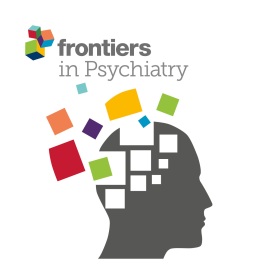
“The pharmacological research on the Cannabis sativa-derived compounds has never terminated. Among the phytocannabinoids without psychotropic effects, the prevalent one in Cannabis is cannabidiol (CBD). Although CBD was initially considered a type 2 cannabinoid receptor (CB2R) antagonist, it did not show a good cannabinoidergic activity. Furthermore, heterogeneous results were obtained in experimental animal models of anxiety disorders, psychotic stages and neurodegenerative diseases. Recently, CBD has been authorized by the FDA to treat some rare forms of epilepsy and many trials have begun for the treatment of autism spectrum disorders. This review aims to clarify the pharmacological activity of CBD and its multiple therapeutic applications. Furthermore, critical and conflicting results of the research on CBD are discussed with a focus on promising future prospects.”
https://www.ncbi.nlm.nih.gov/pubmed/30910646
https://www.sciencedirect.com/science/article/abs/pii/S0024320519302176?via%3Dihub





 “Substance use disorder is characterized by repeated use of a substance, leading to clinically significant distress, making it a serious public health concern. The endocannabinoid system plays an important role in common neurobiological processes underlying substance use disorder, in particular by mediating the rewarding and motivational effects of substances and substance-related cues. In turn, a number of
“Substance use disorder is characterized by repeated use of a substance, leading to clinically significant distress, making it a serious public health concern. The endocannabinoid system plays an important role in common neurobiological processes underlying substance use disorder, in particular by mediating the rewarding and motivational effects of substances and substance-related cues. In turn, a number of 

